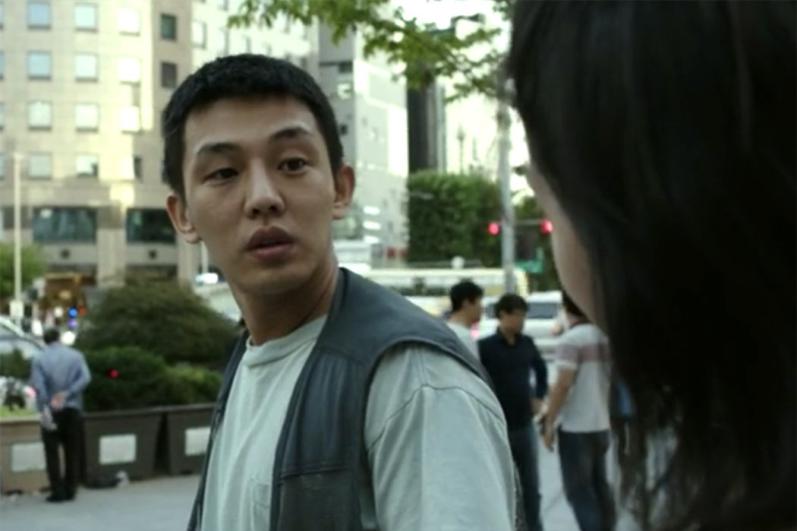'Burning,' Nov. 29, Amazon Prime
NEW YORK (CNS) -- In the Australian brush fires of 2019-20, during what became known as "Black Summer," 54 million acres of land were destroyed.
As the film "Burning" documents, that's almost 50 million more than were decimated in the devastating California wildfires of the latter year.
An urgent call to action to address global warming, the 90-minute movie premieres Monday, Nov. 29, on Amazon Prime.
Occasional off-color language makes the show unsuitable for young kids. So, too, do its potentially unsettling visuals of mass destruction. Yet the film's potential to educate teens on a vital contemporary topic may sway parents to deem it acceptable for them.
Melbourne native Eva Orner, one of the producers of "Taxi to the Dark Side," which won the 2008 Academy Award for Best Documentary, served in the same capacity behind the scenes of "Burning." She directed the newer film as well.
Images of news reports and a student-led protest as well as footage of the raging fires open the program. These sights warn viewers of a "new normal" in which such conflagrations are common. "It all comes down to climate change," as one reporter says.
The story of how this catastrophe came to be, observes the nation's former climate commissioner, Tim Flannery, "doesn't make any sense until you understand what Australia is really like."
"From its very inception," he says, "it's been a country that's reliant upon fossil fuels. ... The greatest tragedy," he concludes, "is, we saw it coming."
Greg Mullins, Australia's former fire commissioner, was one of those who sounded the alarm. In 2019, he wrote to the incumbent prime minister, Scott Morrison, warning of the disaster.
But the government responded to such admonitions with contempt and derision. Thus one of Morrison's predecessors, Tony Abbott, characterized talk of man-made climate change as "alarmist nonsense."
"The whole thing," Abbott insisted, "is a hoax."
Daisy Jeffrey, the 16-year-old leader of a national student walkout to protest Australia's failure to cope with the crisis, describes how things evolved when the authorities dismissed prophecies about the dire consequences of the problem. "It was," she says, "a very slow burn and then, all of a sudden, it was massive."
As the fires escalated, Morrison was on vacation in Hawaii. Many, moreover, insisted arsonists were to blame.
In addition to causing more than 30 deaths and killing off an estimated three million animals, the flames exacted a harsh toll in other ways, as illustrated by the experience of Roly Stokes and Amber McDonald, a husband and wife living in the southeastern city of Wollongong. The child Amber delivered soon after the fires was born with significant respiratory issues.
Such stories, together with vivid images of the widespread inferno, lend "Burning" a starkly evocative quality. So, too, do the photos of anguished victims -- confused and dismayed after enduring great, unanticipated loss -- that round out the narrative.
Nor is the film's grim relevance confined to the Antipodes. As Flannery puts it, when it comes to global warming, "Australia is a distillation of the world's dilemma."
- - -
Byrd is a guest reviewer for Catholic News Service.



















